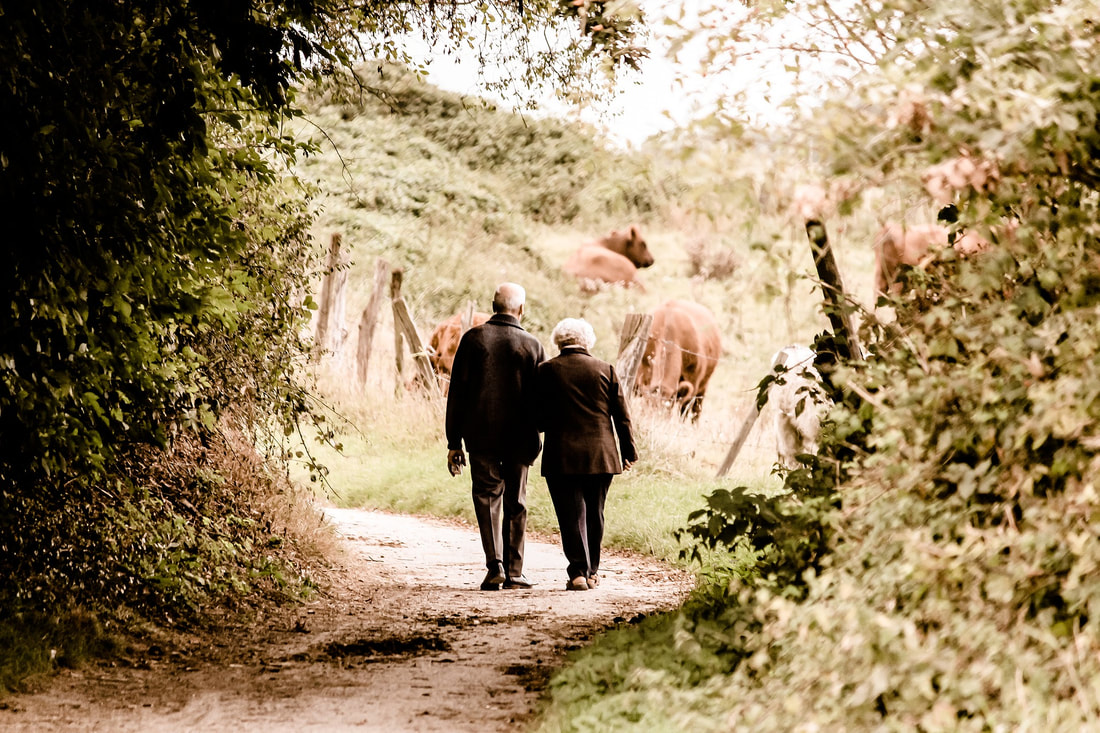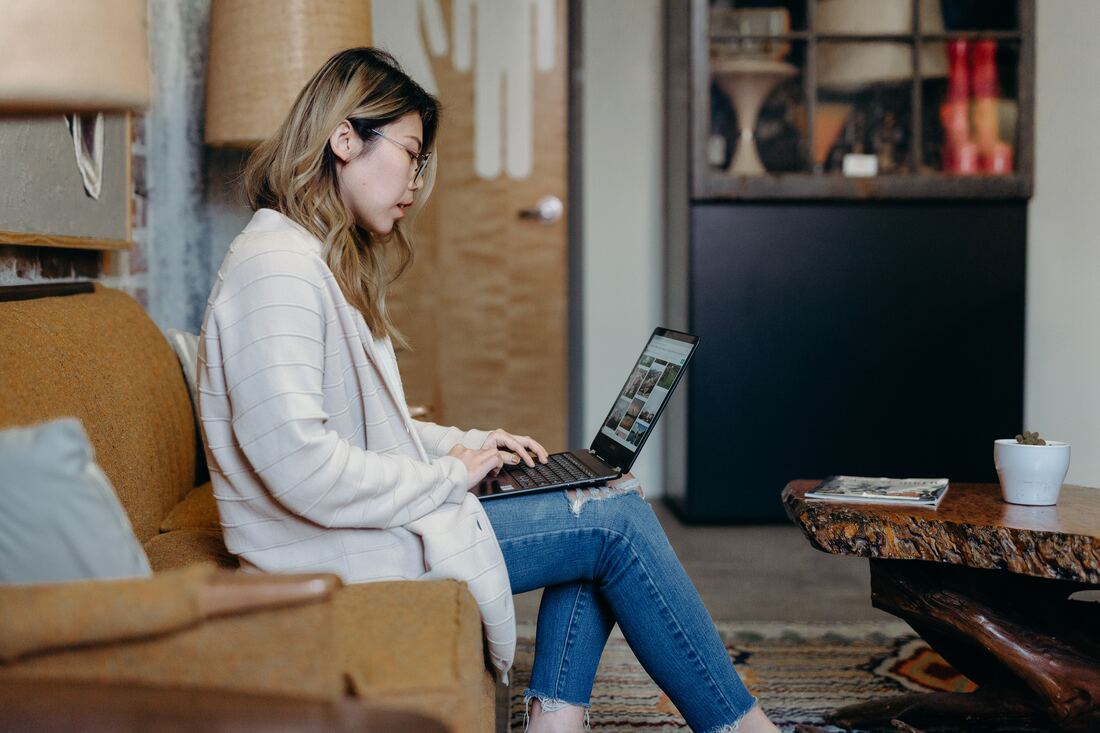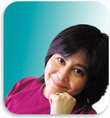 Image by Susanne Pälmer from Pixabay Image by Susanne Pälmer from Pixabay No one wants to face the fact that our bodies change as we age. The gray hairs, wrinkles and sagging skin under the arm remind us of the aging process. We can expect certain physiological changes that may influence how far we can push our bodies with exercise or even regular physical activity. Some normal changes that occur with aging include the fact that our lean muscle mass decreases and our fat mass increases. The water in our connective tissue decreases. There are more cross links in our connective tissue. Our mid spine starts to hump and we lose fast twitch muscle fibers. Our maximum heart rate decreases as does our ability to do aerobic exercise. Our heart chambers get stiffer and our reaction time decreases. We have more systemic inflammation and our hormones decline. These changes mean that we have an increased risk for diabetes. We lose flexibility and the ability to absorb shock. There is a greater tendency for tendon injury and decreased muscle endurance and output. We start to look like a hunchback and have decreased reach. We lose muscle speed. We can’t do as much cardio exercise. We have increased blood pressure, an increased risk for falling, more muscle wasting and loss of strength. This all starts when we reach 30 years of age. We start to lose strength at a rate of 10% per decade of life and this accelerates to 15-30% per decade after the age of 60. The earlier in life that we train and build up strength, the less functional loss we will experience as we get older. For example, if at age 20 you train so you can lift 100 pounds with one arm, you might lose 10% per decade from age 30-50 and then an additional 30% during the 60’s, making a total of 60% loss. By the time you reach 70, you would only be able to lift 30 pounds. Losing leg strength may be more significant since it may impact the ability to walk at age 70. This may explain why some people develop rotator cuff injuries even when they have continued to do the same exercise routine with no increase in weight, repetition or speed. The body has changed so the exercise becomes different and the risks may go up. Change your exercise regime from time to time and pay attention to the signals your body gives you. Watch for signs of increased effort, more fatigue, strain, soreness, shaking and other indicators that you are reaching your limit. Don’t assume that you should be able to do it as you always have. Longer warm-ups may be necessary. Fewer repetitions could be safer. Lowering the weight might be indicated. Being aware of the normal changes that occur in our bodies as we get older may help you to prevent injuries and to insure that you continue to stay active and functioning well into the later years. Start now to build up your reserves and don’t ignore the cues your body gives you.
0 Comments
 Photo courtesy by Amy Minori - https://www.facebook.com/ArtByAmyMinori/ Photo courtesy by Amy Minori - https://www.facebook.com/ArtByAmyMinori/ Qigong is much simpler to do than Tai Chi. You can rid your body of aches and pains with the gentle, low impact movements. It helps to move the vital life force through energy pathways like acupuncture, but without the needles. Qigong also helps with organ function. Come experience how you can improve memory, sleep better and feel happier. The Level 1 Qigong class will be from 7pm to 8:30pm on Thursday, June 11, 2015 to Thursday July 16, 2015. The classes will be held at The San Marino Center in the Fireside Room, 1800 Huntington Drive, San Marino CA 91108. Price for classes are: Residents of San Marino: $104, Non-Residents: $109. To register please contact the City of San Marino Recreation Department at 1560 Pasqualito Drive or call (626) 403-2200 or register online at https://registration.sanmarinorec.org. The class number is 373238-01. The age to take this class is ADULT. For more information please call (626) 403-2200.  Brooke Cagle Brooke Cagle Recently I attended a physical therapy seminar focusing on core/trunk stability and was shocked to find that a young, trim, healthy looking woman, who also happened to be a physical therapist, had a very unstable core and back pain. I have also heard of situations with young girls playing very competitive soccer having weak and unstable core muscles. I was dismayed to learn that in 3-4 years, female soccer players have a high percentage of knee injuries. I now feel very strongly that soccer for females should be banned, unless something is done to stop the progression of knee injuries in young girls. The current culture of using cell phones, tablets, video games, backpacks and other sedentary activities also contributes to poor posture, muscle weakness, muscle imbalances and early onset of arthritis, pain and nerve entrapment. What happened to all the moms and teachers who insisted on sitting up straight, and encouraged getting out and moving? I am seeing 30 year-olds with very slumped postures, having arm pain, jaw pain, neck pain, back pain and headaches. My optometrist mentioned to me that there is a direct correlation between eye strain and poor trunk tone, strength and posture, due to lack of activity, which often affects a child’s ability to learn. It’s harder to focus the eyes when the trunk can’t stay stable for long periods of time, which is what it is supposed to do, which makes reading more difficult and, ultimately, learning becomes harder. If this problem affects a young, relatively healthy and more active population, trunk or core instability probably affects many mature adults as well. This can contribute to balance problems, breathing difficulties, incontinence and lower energy levels. The good news is that something can be done about it. It might take a little work to bring awareness to the muscles that are responsible for keeping us upright, but it will result in using smaller amounts of energy and decreasing degenerative changes in joints. Physical therapists are experts in observing posture and movement and can guide people in getting stronger, moving around more efficiently and decreasing wear and tear on the body. Exercise classes are great for this as well, and getting a customized program to address specific problems is one way to make sure that imbalances are corrected first. Gym classes often focus on the larger movement muscles of the trunk and don’t pay attention to the smaller and less visible postural muscles that work most of the time. Moms used to say “stand up straight” and sometimes it turned into nagging that left emotional scars. I have to say, mom was right. Instead of rebelling against standing up straight, switch your thinking to developing a good stable core. You will have more energy, look younger, have better balance and may reduce a lot of strain on your knees and your eyes. Chinese medicine regards the brain as a very special organ, which relies on the health of all the other organs. When you think about it, it makes sense. Oxygen, needed for life, is supplied by the lungs. Oxygen and other nutrients need to get to the brain via the circulatory system, which is powered by the heart. These nutrients circulate with the blood, made by the spleen and bone marrow. Nutrients are obtained through food, and food needs to be broken down by the digestive system. The digestive system comprised of the mouth, esophagus, stomach, small intestine, large intestine and rectum, interfaces with the liver, gall bladder and pancreas. The body needs to be detoxified by the liver, kidneys, intestines and bladder. Each and every organ has an important function, and all contribute to a healthy body.
Qigong, an ancient Chinese form of exercise, focuses on healthy organs, leading to good health and longevity. Qigong has been around for about 3,000 years. Initially, qigong information was kept secret, shared only with the ruling and scholarly classes of society. Since the end of the Cultural Revolution in China around 1976, qigong has been more available to greater numbers of people in China and around the world. Qigong focuses on moving the vital life force, or chi, through the body. Although similar to acupuncture, qigong does not require the use of needles. Acupuncture and qigong both attempt to remove blocks of stagnant chi in order to restore the body’s own self-correction and thus improve a healthy flow. Once the chi moves, then the blood moves. Think of stagnation causing algae, putrefaction, cloudy water and smelly odors. Once the water gets moving again, all these signs of decay disappear. Qigong differs from other forms of exercise in that it focuses on the messaging system. The chi circulates messages in our bodies, similar to the way the hormonal system coordinates functions between the various organs. The way you think and the messages that you circulate can influence organ function and many other aspects of the body. Studies support the benefits that qigong provides, such as improving immune factors in the blood, improving mood, reducing blood pressure, balancing cholesterol, increasing bone density, decreasing joint pain and improving sleep. Practitioners often recommend it for reducing stress. Qigong is older than tai chi, easier to do and has more instantaneous health benefits. The practice can be done daily and will continue to provide benefits if continued. Practicing qigong not only reverses unhealthy conditions, but can also prevent disease from occurring in the first place. Here is another tool to add to your box of health remedies, one that not only helps with brain function, but also helps to improve all of the organs in your body. Strength training is used more today to round out exercise regimes, especially for the “Baby Boomer” population. This addition compliments the previous focus on cardiovascular fitness programs. Evidence shows that strength training is not only good for activities of daily living, but also improves balance and helps with weight management and memory. Muscle strength involves coordination of nerve messages getting to the individual muscle fibers, which requires chemical messengers called neurotransmitters to link muscle and nerve function. Weight/strength training stimulates the production of these neurotransmitters, which also may boost memory.
Some of my patients are taking responsibility to keep themselves fit with a daily exercise routine but find that they are injuring themselves with the same routine they have done for years. Upon questioning, we find individuals are doing weight lifting of only certain muscles around a particular joint, usually the areas of the body that are easily seen. In doing so, imbalances can develop. Some people try to progress with their programs quicker than their bodies can handle. Some start off at too heavy a load and try to push through the exercise despite what their body says. Others do techniques or exercises with a higher risk for injury. Still others take statin drugs to lower their cholesterol but are not taking Co-Q 10 which gets depleted when taking statin drugs, thus reducing the body’s ability to produce muscle energy. Plus, add in the aging factor where muscle mass and strength decrease with each decade of life. Most people who do weight training know that exercise is done gradually and every other day to allow for the muscle fibers to build with a day of rest between workouts. It is important to understand the different types of workout routines depending on your goals, whether to tone, bulk, increase strength or increase stamina. Muscles are made up of different types of fibers; some are better suited for strong bursts of energy and others better suited for endurance activities. People have different ratios of each of these fibers, so that is why some people are better at long distance running and others are better at sprints. Nutrition can make a difference in how muscle performs. Many books have been written on the subject, specific for various types of athletic events. For the majority of us who just want to stay standing and functional for as long as we can as we age, there are simpler guidelines to follow, but it may help to get some guidance with an exercise program if you feel you are straining, plateauing or have gotten into a rut. Changing a routine may enhance brain function and muscle efficiency and get you to a new level with less risk for injury. |
Sheila’s BlogI focus on the topics you care about most. Categories
All
Archives
February 2022
|
|
55 S. Raymond Ave. Suite 100
Alhambra, CA 91801 Main Phone: (626) 576-0591 Alternate Phone: (626) 538-3966 Fax: (626) 576-5890 Email: yonemotoptfinance@gmail.com |
© 2015 Yonemoto Physical Therapy. ALL RIGHTS RESERVED.
|


 RSS Feed
RSS Feed